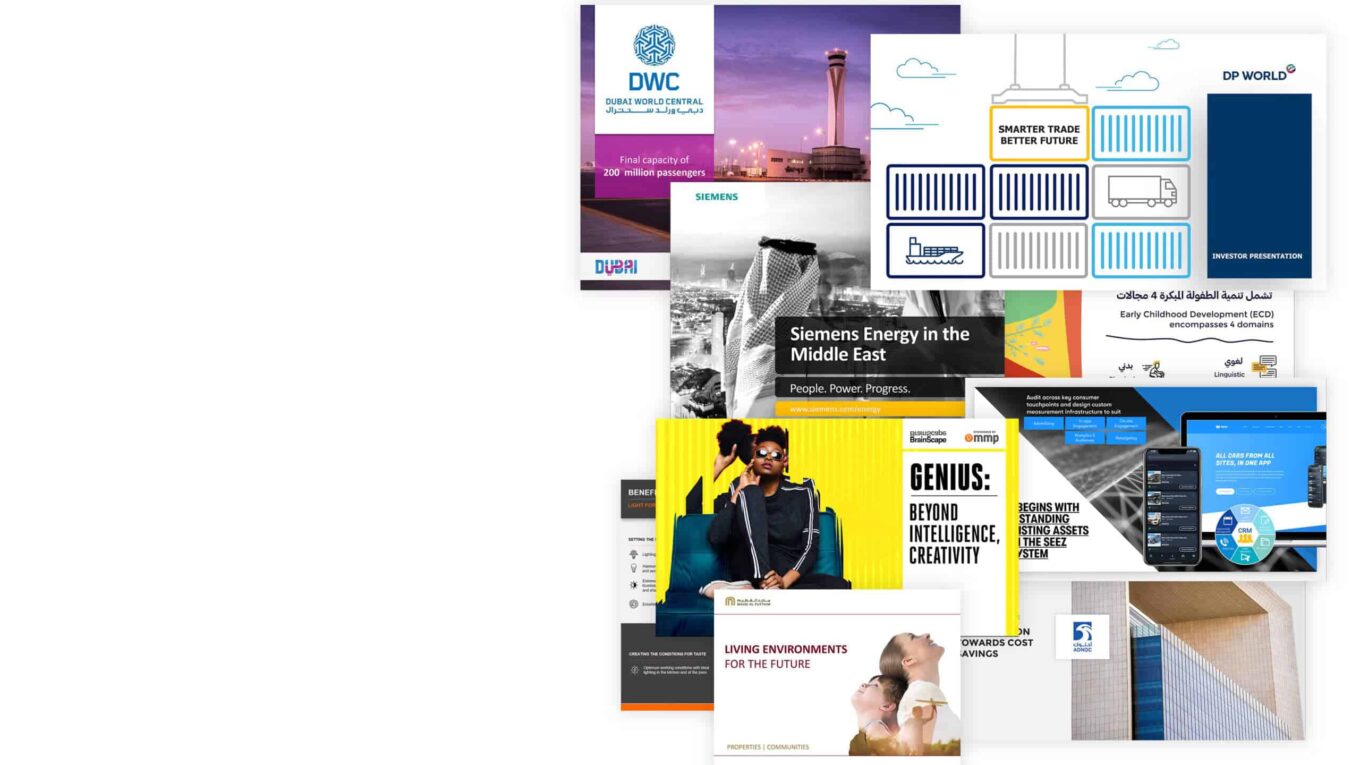How Do I Tailor My Presentation Deck For Different Audiences?
Tailoring your presentation deck for different audiences is essential to ensure that your message resonates effectively. A one-size-fits-all approach often falls short, as different groups have varying levels of knowledge, interests, and expectations. Use these key strategies to customize your presentation deck design for diverse audiences.
Understand your audience’s background:
The first step in tailoring your presentation is to understand your audience’s background, interests, and needs. Research their demographics, professional roles, and familiarity with the topic. For instance, if you’re presenting to industry experts, you can use technical language and delve into intricate details. Conversely, if your audience consists of laypeople simplify complex concepts and avoid jargon. Consider conducting pre-presentation surveys or informal interviews to gather insights about their expectations and preferences.
Define your objective:
Clearly define the objective of your presentation in relation to your audience. What do you want them to learn or take away from your presentation? Different audiences may have different priorities; for example, a sales team may be more interested in practical applications, while an academic audience might prefer theoretical frameworks. By aligning your content with the specific interests of your audience, you can create a more impactful presentation that addresses their unique concerns and goals.
Adapt your content:
Once you understand your audience and objectives, adapt your content accordingly. Choose relevant examples, case studies, or anecdotes that resonate with the audience’s experiences. For example, if presenting to a group of educators, use educational examples to illustrate your points. Focus on the benefits and applications of your content, highlighting how it addresses the audience’s specific challenges. Streamline information to ensure clarity and relevance, avoiding unnecessary details that may detract from your core message.
Adjust your visuals:
Visual elements can significantly influence how your audience receives your message. Tailor your visuals to suit your audience’s preferences and familiarity with the subject. For a technical audience, consider including detailed charts and graphs, while a general audience may respond better to bold images and infographics that simplify complex ideas. Ensure that your visuals align with your branding and improve, rather than overshadow, your message.
By taking these steps to tailor your presentation deck for different audiences, you improve your ability to communicate effectively and make a lasting impact. A well-crafted, audience-centric presentation captures attention and also nurtures engagement and understanding.
